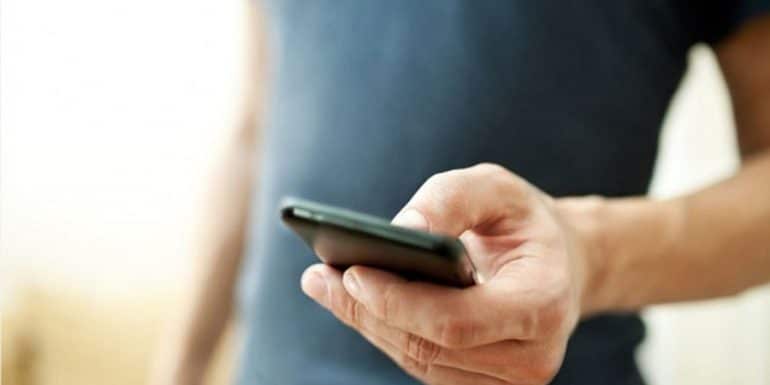New Dutch mobile app can accurately detect - thanks to the help of built-in artificial intelligence - the coronavirus infection in a person's voice.
The "smart" app is even more accurate, according to its creators, than rapid antigen tests, and is also cheap, fast and easy to use, which means it could be used especially in regions and countries where access is difficult in low-cost molecular tests.
Maastricht University's Institute for Data Science researchers, led by Wafaa Alibawi and pulmonology professor Sami Simmons, made the announcement at the European Pulmonology Society's international conference in Barcelona. They reported that the app has 89% accuracy (sensitivity) in correctly diagnosing a positive case by voice Covid-19 (vs. about 56% of a rapid test) and 83% in correctly diagnosing a negative case (specificity), while it is clearly better than "rapid" tests in cases of asymptomatic people.
“With our smart app we would only miss 11 out of 100 cases Covid-19, which would then spread the infection, while the rapid lateral flow test would miss 44 out of 100," Alibawi said.
"Our very encouraging results show that simple voice recordings and their analysis with artificial intelligence algorithms can achieve high accuracy in detecting patients with infection Covid-19. Such 'tests' can be done at no cost and are simple to interpret. In addition, they allow remote control and produce results in less than a minute. They could e.g. to be used at the entry points of large gatherings, enabling rapid mass control of the population," he added.
Η Covid-19 it usually affects the upper respiratory tract and vocal cords, thus leading to changes in a person's voice. The new application is installed on the user's mobile phone and initially requests to update it with basic information (demographics, medical history, smoking, etc.).
It then asks the user to cough three times, breathe deeply through the mouth three to five times, and read a short sentence out loud near the screen three times. Then a voice analysis technique (Mel-spectrogram) identifies the different characteristics of each voice, while an artificial intelligence model (Long-Short Term Memory -LSTM) based on neural networks distinguishes a person's special voice from its alteration due to Covid-19.
Source: RES-EAP
